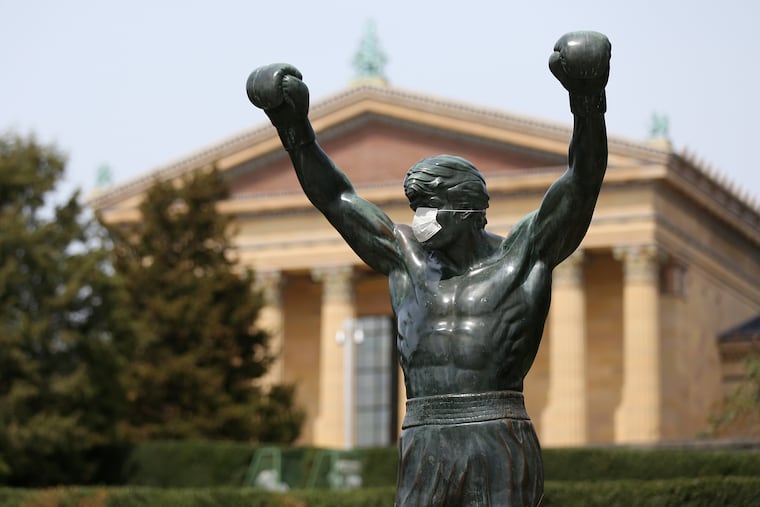The Philadelphia Museum of Art will open in September. Here’s what you will and won’t see.
Not all galleries are re-opening. New limitations and safety protocols will be in place.

Not all galleries are re-opening. New limitations and safety protocols will be in place.
